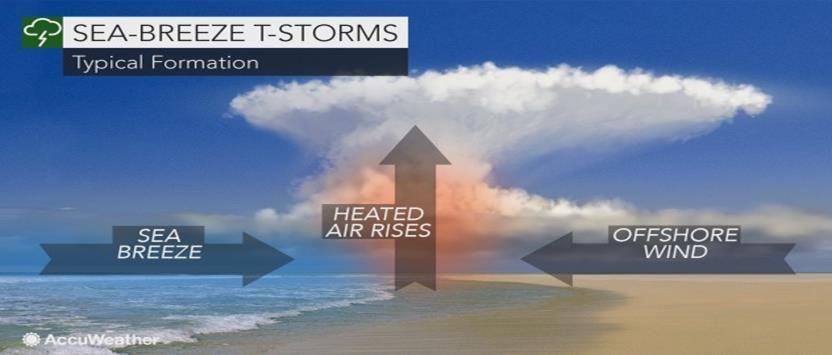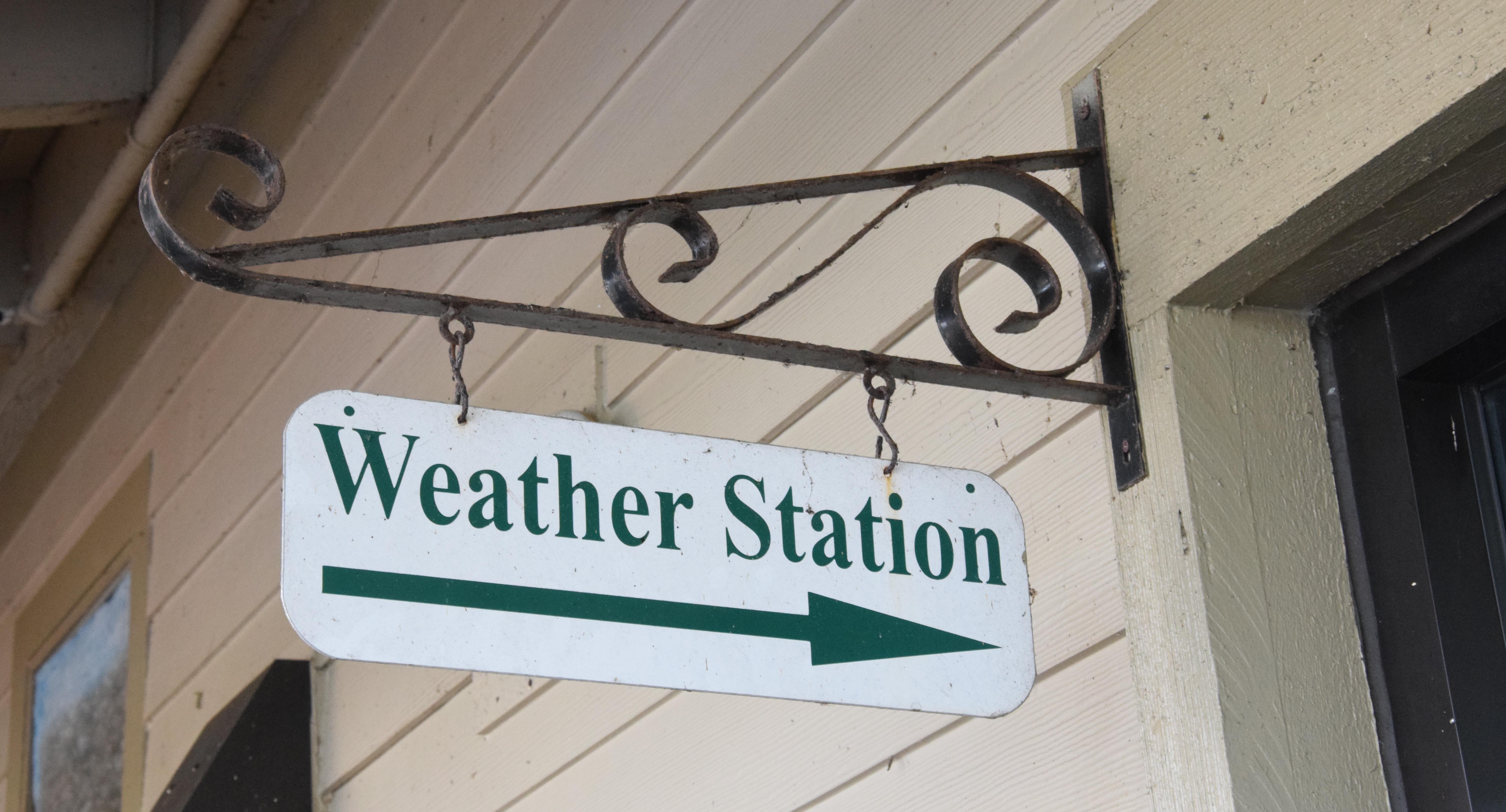


Florida Weather Facts

Friends of Green Cay
© 2016 Friends of Green Cay
| Home| About Us| Weather| Membership| Events| Programs| Scholarship| Animal Adoption| Gift Shop| Butterfly Garden| Gallery| Contact
Accuweather, FL Climate Center, Weather.gov
Florida Thunderstorms
Florida’s location combined with the shape of Florida’s peninsula is the number one reason thunderstorms develop. Florida’s peninsula is surrounded by water that is relatively cooler than the afternoon temperatures over land. The difference in the water and land temperatures create a pressure difference with high pressure over water and low pressure over land. This pressure difference is what drives the wind. During the afternoon, cooler air over the water moves toward the land to try to even out the difference. This phenomenon is called the sea-breeze and occurs on both coasts. Florida is unique in the fact we have sea-breezes develop on both coasts. Sometimes, the sea-breezes will move so far inland, they collide and produce larger, longer-lasting and even stronger thunderstorms. This happens so frequently, almost on a daily basis, that Florida receives the most lightning strikes nationally. On average, Florida has 3,500 cloud to ground lightning flashes per day and 1.2 million flashes per year occur. Why does Florida have thunderstorms, but not many instances of hail? The freezing level in a Florida thunderstorm is so high; hail often melts before it reaches the ground.
Florida’s location combined with the shape of Florida’s peninsula is the number one reason thunderstorms develop. Florida’s peninsula is surrounded by water that is relatively cooler than the afternoon temperatures over land. The difference in the water and land temperatures create a pressure difference with high pressure over water and low pressure over land. This pressure difference is what drives the wind. During the afternoon, cooler air over the water moves toward the land to try to even out the difference. This phenomenon is called the sea-breeze and occurs on both coasts. Florida is unique in the fact we have sea-breezes develop on both coasts. Sometimes, the sea-breezes will move so far inland, they collide and produce larger, longer-lasting and even stronger thunderstorms. This happens so frequently, almost on a daily basis, that Florida receives the most lightning strikes nationally. On average, Florida has 3,500 cloud to ground lightning flashes per day and 1.2 million flashes per year occur. Why does Florida have thunderstorms, but not many instances of hail? The freezing level in a Florida thunderstorm is so high; hail often melts before it reaches the ground.

